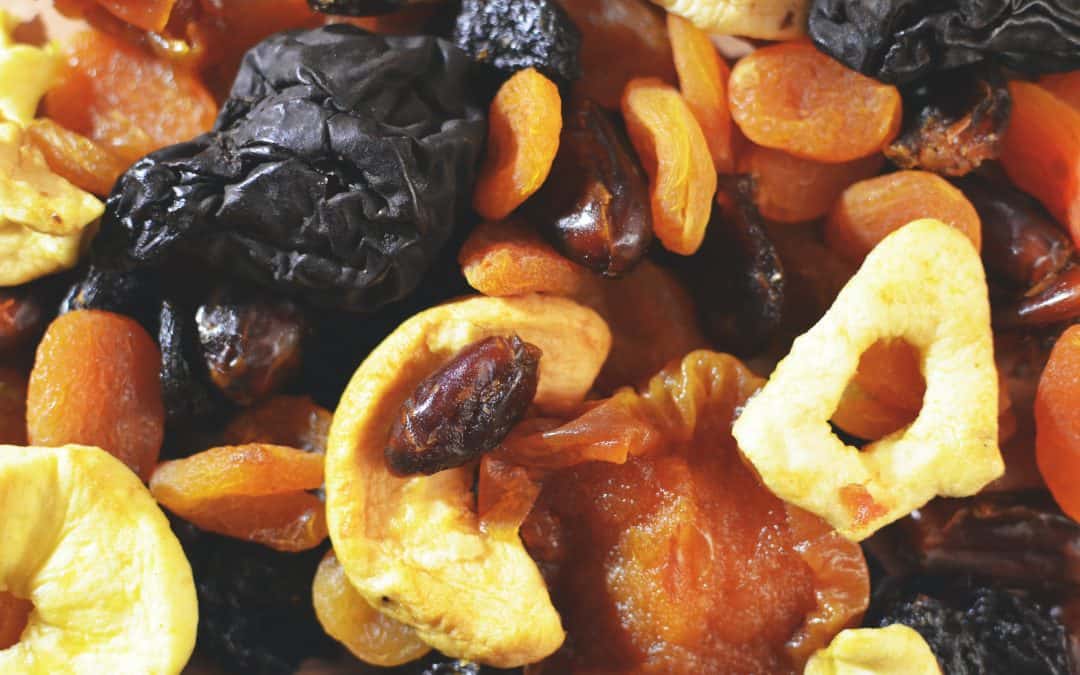Your snacks for the SAT are important. At a minimum, you’re going to be testing for three hours with few breaks, making the SAT a test of endurance, even more so if you have extended time. The goal for your SAT snacks is to avoid discomfort and grogginess.
Restrictions on SAT Snacks
You cannot have your snacks or drinks at your desk while you’re taking the SAT. There will be a ten minute break after the reading section, and a five minute break after the Math No-Calculator sections when you can use the restroom, move around, and eat snacks. So you’ll have a quick opportunity to snack about once an hour. Here’s how to make those snacks count.
1. Avoid blood sugar spikes
On the SAT, you want to keep your blood sugar at a happy medium. Too low, and you won’t have enough energy to make it through the test. Too high, and it’ll be hard on your body, giving you a burst of energy followed by fatigue. In order to keep your blood sugar levels even, you’ll want to avoid sugars and simple carbs, and focus on slower-digested foods such as proteins and fats. Some natural sugars aren’t terrible, and some fresh fruit can make a great side dish, but they shouldn’t make up the bulk of your SAT snacks. This is absolutely not the time to go on a juice cleanse.
In short, avoid candy, pastries, and potato chips, and opt for nuts, seeds, or eggs.
2. Limit the grease
While fats will give you longer-lasting energy, too much of them will put you tire you out. Saturated fats and fried foods especially will put you to sleep, as your body spends a lot of energy digesting them. A good rule of thumb for avoiding the post-fat exhaustion is that if you can see the grease on it, eat less than a handful of it. Keep the focus of your snacks on the proteins.
3. Be careful about your vitamins & minerals
Honestly, if you’re trying to make up for any deficiencies with your SAT snacks, you’re probably fighting a losing battle. Eat your leafy greens and carrots before the test, not during. However, if you know that you get anemic, it might be handy to have some iron-snacks foods on hand, like pistachios, chickpeas, or jerky.
4. Stay hydrated!
In many testing centers, you are not allowed to bring your water bottle to the test. So you’ll need to fill up a water bottle before hand. Dehydration can lead to migraines and decreased cognitive function, but drink only what you feel comfortable drinking- you have limited bathroom breaks.
5. Cut back on caffeine
Caffeine is a diuretic. Basically, it makes you need to use the restroom more, which is something you’ll want to avoid before settling into a three hour long test. Caffeinated drinks also tend to have a large amount of sugar, so they tend to be a doubly bad idea before your SAT. If you’re a hard core coffee addict, testing day isn’t the best day to go through detox, but you should maybe try getting a less sugary caffeinated drink the day of, or even better, work on reducing your intake in the weeks beforehand.
6. Avoid a mess
Messy snacks, like Cheetos or nachos, tend to coat your hands and nails and be distracting. When taking your SAT test, you want to avoid any stickiness, orange fingerprints, or unexpected stains. Try to choose foods that you can eat without making a mess of your hands or else wash your hands thoroughly before going back to the test.
So What Should Your SAT Snacks Look Like?
To start, you want a water bottle filled with water. Then, some protein-based snack, like hummus, peanut butter, or nuts. Then something fun but not too sugary to round it out, like fresh fruit, pretzel sticks, or dark chocolate.
***
That’s it! We hope you have some excellent ideas for your SAT snacks. If you want more SAT and ACT prep advice sure to join our mailing list for a free 27-item checklist and 30-day free SAT email course.
